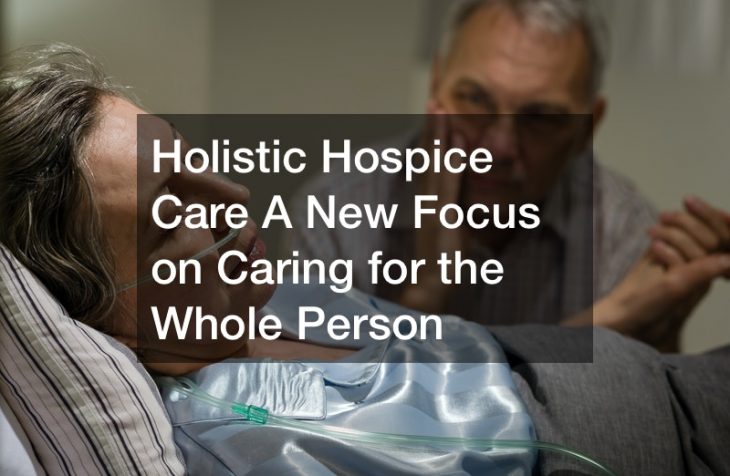Holistic Hospice Care A New Focus on Caring for the Whole Person

Many people have questions and misperceptions about palliative care — who local hospice care is available for and what it entails. We can help. Read on for important things to know about active hospice.
Can you tell me what palliative care is?
Sure. Hospices focus on palliative care — treatment designed to improve a patient’s quality of life. It often includes comprehensive pain treatment and in-home nursing visits.
Does all adult palliative care take place in nursing homes?
Whether or not an individual ages and dies at home or in a nursing home depends on several factors, including the patient’s wishes and available social support. The types of services offered by local providers can also limit options. With all in one hospice care, it’s possible to receive initial care at home and then switch to an in-patient facility when more intensive care is required.
Do Medicaid and Medicare pay for hospice?
Both programs do offer some hospice coverage, but you’ll still need to find a provider willing to accept Medicaid or Medicare. Either way, pay close attention to what’s offered by the hospice organization and what’s covered by insurance to ensure that you don’t end up paying for extras, not on the insurance reimbursement schedule.
The view of hospice care is changing. So, too, are the attitudes and beliefs surrounding what many have referred to as end-of-life care. Holistic hospice care facilities are now focused on caring for the whole person so that they are able to experience as much as possible until it is their time.
A Brief History

Hospice began in the 11th century when hospitals were created by a religious order of monks. They set these hospitals up while they were on a pilgrimage road that lead to Jerusalem. Given the growing need for this form of care, Senators Frank Church and Frank E. Moss introduced the first hospice legislation within the United States in 1974. The purpose of this legislation was to provide funding for these valuable programs.
Recent Data

In 2000, there were 513 patients in hospice care. By 2015, however, there were almost 1.4 million. According to the most recent data from the National Hospice and Palliative Care Organization, 5.4% of hospice patients were less than 65 years of age at this time.
Roughly 1,381,182 Medicare beneficiaries were enrolled in hospice for 24 hours or longer during 2015. More recently in April 2017, nearly 58 million people were enrolled in Medicare. By 2030, it has been estimated that 20% of the U.S. population will be older than 65. Many of the individuals within this age group may experience serious health issues, such as diabetes, heart conditions, cancer, and other potentially terminal diseases. Recent data also indicates that 15% of adults 60 and older currently experience mental health disorders. This includes Alzheimer’s disease and other forms of dementia.
How Hospice Care Begins

Since you are interested in learning more about hospice care for a loved one or for yourself, the first step is to make a formal referral. After this, a representative will visit you or your loved one within 48 hours. It’s important to know that staff members will be available and on-call throughout the entire week on a 24-hour basis. Once you visit a holistic hospice care facility, you will be able to learn more about all of the services that they can provide. In some cases, hospice care can be received in the comfort of home.
